UPSC Daily Current Affairs: 27th January 2025 | Current Affairs & Hindu Analysis: Daily, Weekly & Monthly PDF Download
GS3/Economy
Reserve Bank-Integrated Ombudsman Scheme
Source: Indian Express
Why in News?
The Reserve Bank of India (RBI) has successfully resolved 95 percent of the complaints received under the Reserve Bank-Integrated Ombudsman Scheme (RB-IOS) during the period from April 1, 2023, to March 31, 2024.
- The RB-IOS was launched on November 12, 2021.
- The scheme follows a 'One Nation - One Ombudsman' approach, ensuring jurisdiction neutrality.
- It integrates the previous three Ombudsman schemes:
- Banking Ombudsman Scheme 2006
- Ombudsman Scheme for Non-Banking Financial Companies 2018
- Ombudsman Scheme for Digital Transactions 2019
Additional Details
- Deficiency in Service: This term defines the grounds for filing a complaint and includes a specific list of exclusions. It refers to a shortcoming or inadequacy in the financial service that the Regulated Entities (RE) are expected to provide.
- A Centralised Receipt and Processing Centre has been established at RBI, Chandigarh, for handling both physical and email complaints in various languages.
- Regulated entities do not have the right to appeal in cases where an award is issued by the Ombudsman against them for failing to provide satisfactory and timely information.
- The scheme covers a wide range of financial institutions including all commercial banks, Non-Banking Financial Companies (NBFCs), Regional Rural Banks (RRBs), Payment System Participants, most Primary (Urban) Cooperative Banks with a deposit size of ₹50 crore, and Credit Information Companies.
This scheme represents a significant step towards improving consumer grievance redressal in the banking and financial sector, aiming for greater efficiency and customer satisfaction.
GS2/Governance
Inland Waterways Authority of India Establishes New Regional Office in Varanasi
Source: MSN
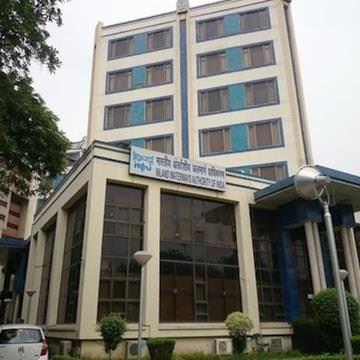 Why in News?
Why in News?
The Inland Waterways Authority of India (IWAI) has recently inaugurated a new Regional Office in Varanasi, marking a significant expansion in its operational framework.
- The IWAI is a statutory body formed under the Inland Waterways Authority of India Act, 1985.
- It is responsible for the development and maintenance of Inland Water Transport (IWT) infrastructure on national waterways.
- Varanasi is now home to the sixth Regional Office of IWAI, complementing existing offices across five other cities.
Additional Details
- Headquarters: The main office of IWAI is located in Noida, Uttar Pradesh.
- Nodal Ministry: The newly established Varanasi Regional Office will oversee development projects not only on the River Ganga but also on its tributaries and other national waterways in Uttar Pradesh, including rivers such as Betwa, Chambal, Gomti, Tons, Varuna, and portions of Gandak, Ghaghra, Karamnasa, and Yamuna.
- The Varanasi office will coordinate with the State IWT Authority for the development of waterways in Uttar Pradesh.
This development is pivotal for enhancing the IWT infrastructure in Uttar Pradesh, potentially leading to improved trade and transport facilities along these waterways.
GS3/Environment
Nahargarh Wildlife Sanctuary
Source: Times of India
Why in News?
The Forest Department of Rajasthan is undertaking initiatives to redefine the boundaries of the Nahargarh Wildlife Sanctuary. This effort aims to resolve existing legal and administrative challenges related to the sanctuary's management.
- Nahargarh Wildlife Sanctuary was established in 1980.
- It is located in Jaipur, Rajasthan, and is named after the nearby Nahargarh Fort.
- The sanctuary plays a critical role in the Ranthambore Tiger Reserve corridor, facilitating wildlife movement.
- It is situated in the Aravalli hills, providing a natural refuge close to urban areas.
Additional Details
- Geographical Features: The sanctuary encompasses an area of approximately 50 square kilometers, characterized by rugged terrain, including hills, valleys, and plateaus. This diverse landscape is complemented by seasonal streams and waterholes that are essential for wildlife.
- Flora: The sanctuary is primarily composed of dry deciduous and thorny scrub forests typical of the Aravalli range. Key tree species include Dhok, Babool, Khejri, and Ber. Additionally, grassy patches and scattered shrubs support a diverse ecosystem for herbivores.
- Fauna: The sanctuary is home to a variety of wildlife, including leopards, hyenas, wild boars, jackals, sambars, chitals, peacocks, partridges, migratory birds, monitor lizards, snakes, and turtles, along with numerous pollinators.
In summary, Nahargarh Wildlife Sanctuary is an important ecological zone that not only protects a variety of flora and fauna but also serves as a crucial link in the wildlife corridor of Rajasthan. Recent administrative efforts to redefine its boundaries highlight the ongoing commitment to wildlife conservation in the region.
GS2/Polity
Should Governors Be Chancellors of State Universities?
Source: The Hindu
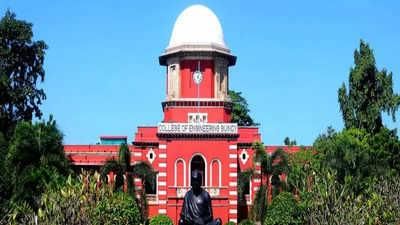 Why in News?
Why in News?
The ongoing debate about the role of Governors as Chancellors of state universities in India highlights the need for reform in the governance of educational institutions, reflecting concerns over political influence and the effectiveness of university administration.
- The role of Governors as Chancellors originated from colonial policies established in 1857.
- Current challenges include politicization, conflicting authorities, and lack of expertise among Governors.
- Several commissions have recommended reforms to enhance university governance and autonomy.
Additional Details
- Historical Context: The position of Governors as Chancellors was established to maintain British control over educational institutions during the colonial era. This model persisted post-independence without reassessment.
- Challenges:
- Politicization: Since the late 1960s, many Governors have been active politicians, compromising their neutrality.
- Conflicting Authorities: Universities face dual accountability to both the state government and the Governor, leading to governance challenges.
- Lack of Expertise: Many Governors do not possess the necessary academic qualifications to effectively oversee universities.
- Erosion of Federal Principles: Central appointments dilute state accountability in university governance.
- Insights from Commissions:
- Sarkaria Commission (1983-88): Suggested that Governors should consult Chief Ministers on university matters.
- M. M. Punchhi Commission (2007-10): Recommended that states appoint distinguished academicians as Chancellors.
- Reform Models:
- Ceremonial Role: Some states have transitioned the Governor's role to primarily ceremonial, following the advice of the Council of Ministers.
- State-Appointed Chancellors: Proposals in states like Telangana and Kerala to appoint academicians face delays in approval.
- University-Elected Chancellors: Practices in countries like the UK and Australia allow university bodies to elect their Chancellors, fostering autonomy.
In conclusion, reforming the role of Governors as Chancellors is crucial for enhancing transparency, accountability, and autonomy in university governance. By adopting models that prioritize academic independence and reduce political interference, India can align its educational framework with democratic principles and international standards.
GS3/Science and Technology
What is Stargardt Disease?
Source: Nature
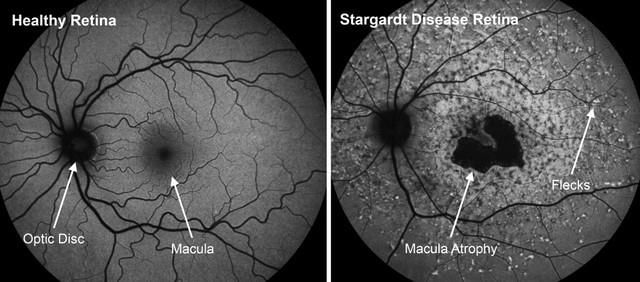 Why in News?
Why in News?
Recent advancements in gene-editing technology have provided hope for treating Stargardt disease, a rare inherited condition that results in progressive vision loss. Researchers have developed a gene-editing tool aimed at correcting mutations in the ABCA4 gene, which is linked to this disorder.
- Stargardt disease primarily affects the macula, the central part of the retina.
- It is caused by mutations that impair the body's capacity to utilize Vitamin A, leading to the accumulation of lipofuscin in retinal cells.
- The condition often begins in childhood or early adulthood and affects both eyes.
- Currently, there is no known cure for Stargardt disease.
Symptoms of Stargardt Disease
- Progressive vision loss: Primarily affecting central vision.
- Difficulty seeing in low light: Often referred to as night blindness.
- Blurred or distorted vision: Colors may appear less vivid.
- Dark spots: Areas of vision loss in the central visual field.
- Gradual deterioration of visual acuity: This can lead to potential legal blindness.
Present Scenario in India
- Recent Study: A 2023 study by the L.V. Prasad Eye Institute in Hyderabad highlighted that Stargardt disease predominantly affects males and typically manifests during the second decade of life.
- Prevalence: Approximately 1 in 8,000 to 10,000 individuals are estimated to be affected.
- About 10.79% of patients reported a family history of Stargardt disease, with 10.69% of cases occurring in individuals from consanguineous marriages.
- In India, Stargardt disease is a not uncommon hereditary condition, yet treatment options remain limited.
This information highlights the need for continued research and awareness regarding Stargardt disease, particularly in the context of emerging gene-editing therapies that may offer new avenues for treatment.
GS3/Environment
Discovery of the White-Naped Tit in North Karnataka
Source: Times of India
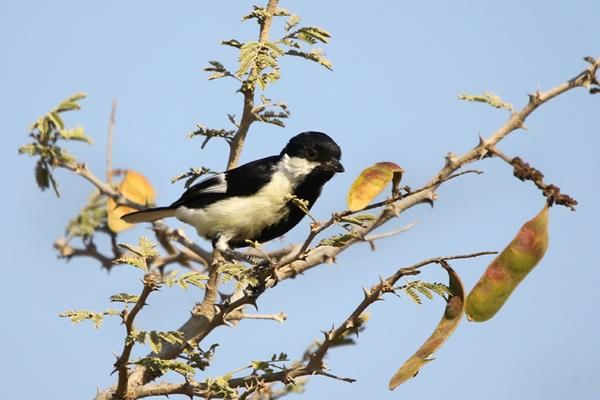 Why in News?
Why in News?
Recently, bird enthusiasts documented the presence of the white-naped tit for the first time in the Kappatagudda hills of North Karnataka. This discovery was made notable through the identification of the bird by its distinct call.
- The white-naped tit is a passerine bird belonging to the tit family (Paridae).
- Its scientific name is Machlolophus nuchalis.
- This bird is endemic to India, with two disjunct populations.
- It has been categorized as Vulnerable on the IUCN Red List.
Additional Details
- Distribution:The white-naped tit is found in two main regions of India:
- Northwest: Gujarat, Haryana, and Rajasthan
- South: Andhra Pradesh, Karnataka, and Tamil Nadu
- Habitat: This bird prefers dry thorn scrub forests.
- Distinctive Features:
- It is the only pied tit (black-and-white) species in India.
- The upperparts are glossy black with a notable white patch on the lower nape and upper mantle.
- White cheeks and underparts, with a prominent black central band from throat to vent.
- Wings have a large white patch adorned with a few black bars.
- Typically seen in pairs or small family groups.
The discovery of the white-naped tit in North Karnataka's Kappatagudda hills is significant for bird conservation efforts and highlights the importance of habitat preservation for endemic species.
GS2/International Relations
An Enduring Commitment to the Indo-Pacific
Source: The Hindu
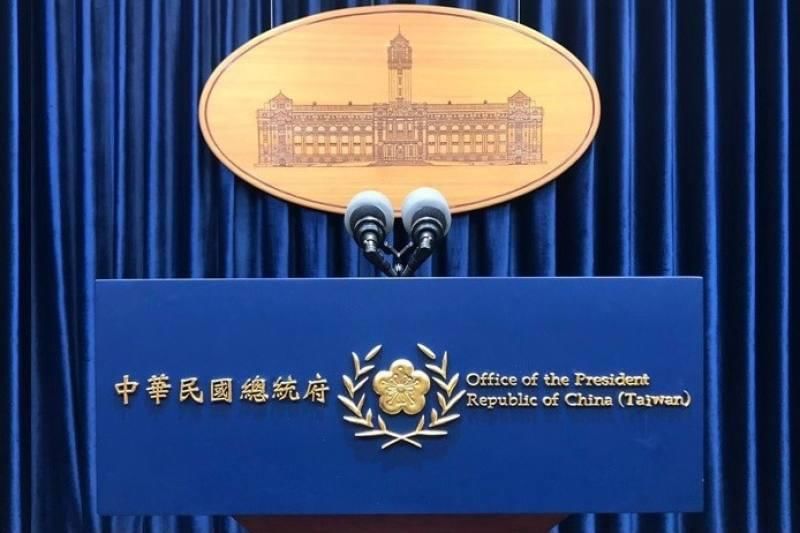 Why in News?
Why in News?
The inauguration of Donald Trump as the 47th President of the United States signifies a considerable shift in American politics and presents a pivotal moment in global geopolitics, particularly regarding the Indo-Pacific region, which is crucial for global trade, security, and stability.
- The term "Indo-Pacific" was popularized during Trump's administration, broadening the strategic focus beyond the Asia-Pacific.
- Significant structural reforms were made, such as the renaming of the U.S. Pacific Command to the U.S. Indo-Pacific Command.
- The Quad was revitalized, focusing on cooperation among the U.S., India, Japan, and Australia to counter China's influence.
- Biden's administration has built upon Trump's Indo-Pacific framework, expanding its agenda to include global challenges.
Additional Details
- Indo-Pacific Region: This region plays a fundamental role in global trade and security, reflecting a commitment to countering China's influence.
- Quad Initiative: The revival of the Quad under Trump focused on maritime security, technological cooperation, and maintaining a rules-based order.
- Strategic Reforms: The U.S. Indo-Pacific Command's rebranding signifies a commitment to prioritizing the Indo-Pacific in defense strategies.
- Biden's Approach: The Biden administration has continued to prioritize the Indo-Pacific, introducing the Indo-Pacific Economic Framework (IPEF) to enhance economic engagement.
In conclusion, Trump's renewed focus on the Indo-Pacific during his second term is expected to reaffirm its significance in U.S. foreign policy, adopting a more assertive stance against China while fostering collaboration with allies in the region. This strategic direction is vital for navigating the complex geopolitical landscape of the 21st century.
GS3/Science and Technology
Paraquat: A Deadly Herbicide
Source: The Hindu
 Why in News?
Why in News?
A recent case in Thiruvananthapuram has drawn attention to the dangers of paraquat, a potent herbicide, after a 24-year-old woman was sentenced to death for poisoning her boyfriend with this chemical in 2022.
- Paraquat is a widely used herbicide, known for its effectiveness in controlling weeds and desiccating crops.
- It is classified as Category 2 by the WHO, indicating it is moderately hazardous.
- Paraquat is banned in over 70 countries due to its high toxicity, yet remains in use in the US and India.
Additional Details
- Chemical Composition: Paraquat is also referred to as paraquat dichloride or methyl viologen.
- Common Routes of Exposure: Most commonly through ingestion, but it can also be absorbed via prolonged skin contact.
- Symptoms of Poisoning: Symptoms vary based on exposure; small amounts may lead to long-term damage to the heart, kidneys, liver, and lungs, whereas large doses can result in acute kidney failure, rapid heart rate, and respiratory failure.
- Treatments: There are no known antidotes, but treatments such as immunosuppression and Charcoal Hemoperfusion (CHP) may help to manage toxicity.
The case highlights the need for increased awareness about the dangers of paraquat and the importance of regulation in its use, especially given its lethal potential when misused.
GS3/Economy
Retrospective Taxation and GST - A Call for Reforms 2.0
Source: Indian Express
Why in News?
In January, a month symbolizing introspection and forward planning, India’s fiscal policies reveal a concerning trend of reverting to outdated practices, particularly in the realm of taxation.
- The GST Council's recent retrospective tax amendments undermine judicial authority.
- High tax rates and complex regulations negatively impact economic growth and investment.
- Historical precedents, like the Vodafone dispute, highlight the dangers of such taxation policies.
Additional Details
- Retrospective Taxation: This practice involves changing tax laws to apply to previous periods, which undermines the rule of law and judicial decisions. For instance, the Supreme Court verdicts are disregarded, damaging India's reputation.
- Challenges in GST System: The GST framework prioritizes revenue maximization, leading to high tax rates that suppress demand and create a complex web of exemptions and notices, making compliance difficult for businesses.
- Economic Impacts: Elevated tax burdens on sectors like real estate and infrastructure hinder economic progress and affordability.
To avoid a regression to old practices that prioritized revenue over growth—seen in the rising imports from China and the declining contribution of manufacturing to GDP—India must embrace a new policy framework. This framework should prioritize growth maximization, simplifying tax structures, and establishing long-term fiscal policies aimed at achieving a sustainable annual growth rate of 9-10%. Immediate reforms are crucial to prevent a downward spiral of low growth coupled with high taxes.
GS2/International Relations
Genocide and the World’s Averted Gaze
Source: The Hindu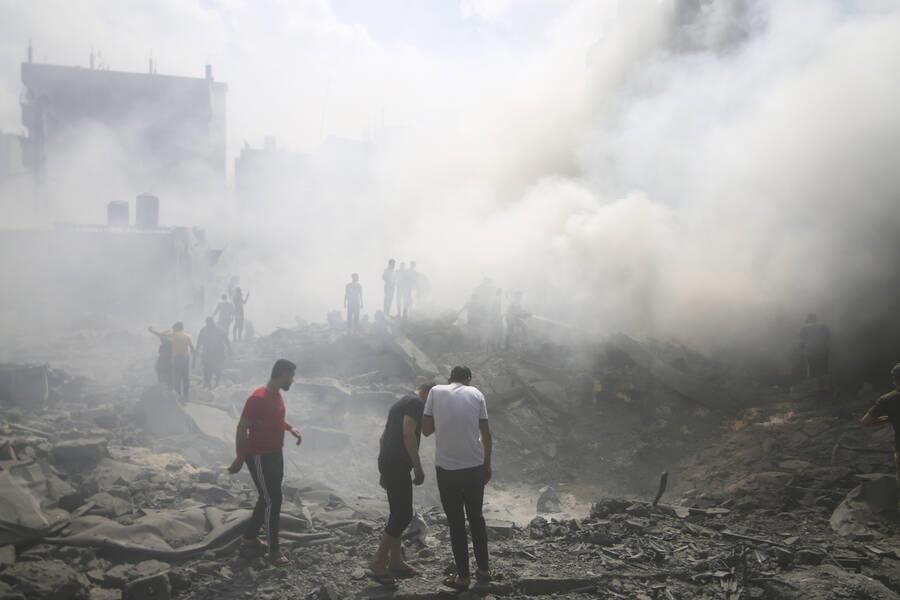 Why in News?
Why in News?
World leaders are set to convene in Poland to commemorate Holocaust Memorial Day, marking the 80th anniversary of the liberation of Auschwitz-Birkenau, a notorious Nazi concentration camp. This event serves as a reminder of the horrors of genocide and the ongoing need for global vigilance against such atrocities.
- The Holocaust resulted in the systematic genocide of approximately six million Jews by Nazi Germany between 1941 and 1945.
- Genocide is legally defined under international law, particularly in the 1948 Genocide Convention.
- International responses to genocide often suffer from geopolitical interests and bureaucratic deadlocks.
Additional Details
- Holocaust: The Holocaust, also known as the Shoah, refers to the state-sponsored genocide of Jews and others during World War II, primarily characterized by mass shootings and extermination camps like Auschwitz.
- Definition of Genocide: Under the 1948 United Nations Convention on the Prevention and Punishment of the Crime of Genocide, genocide is defined as acts committed with the intent to destroy a national, ethnic, racial, or religious group.
- International Recognition: Various international legal frameworks exist to address genocide, including the jurisdiction of the International Criminal Court (ICC) and the International Court of Justice (ICJ).
- Global Inaction: Major powers often remain silent due to geopolitical interests, illustrated by the inaction during the Rwandan Genocide and the Syrian Civil War.
- Responsibilities of States: Nations have a primary responsibility to protect their populations from genocide, as affirmed by the 2005 UN World Summit Outcome, alongside the international community's obligation to assist.
To combat genocide effectively, it is crucial to strengthen international accountability mechanisms and invest in early warning systems. This proactive approach can help prevent genocidal acts before they escalate, ensuring that historical lessons are not forgotten.
GS3/Science and Technology
Chronic Pulmonary Aspergillosis
Source: Zee News
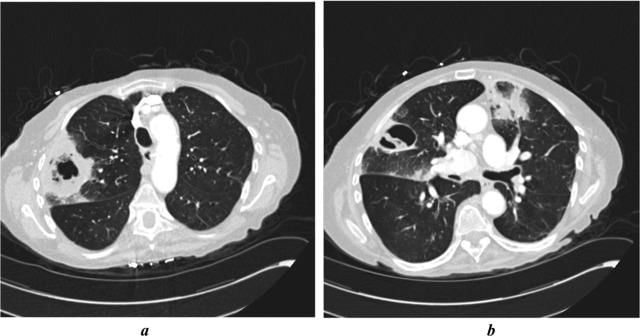 Why in News?
Why in News?
Recent research has highlighted a critical fungal infection known as chronic pulmonary aspergillosis (CPA), predominantly affecting tuberculosis survivors among tea plantation workers in Assam. This condition poses a significant health threat to those with compromised lung function.
- Chronic pulmonary aspergillosis is primarily caused by the fungus Aspergillus fumigatus.
- It commonly affects individuals with existing lung damage, especially those recovering from tuberculosis.
- CPA is non-contagious, meaning it cannot be transmitted between individuals.
Additional Details
- Symptoms:Early stages may be asymptomatic. When symptoms manifest, they can include:
- Coughing up blood
- Unintentional weight loss
- Fatigue
- Shortness of breath
- Wheezing
- Treatment Options:The most common treatments for CPA include:
- Antifungal medications to combat the infection.
- Surgery may be necessary to remove any fungal masses.
- About Aspergillus: Aspergillus species are filamentous fungi found in various environments, including soil and decaying organic matter. While many species are harmless, a few are known to be significant opportunistic pathogens in humans.
In conclusion, chronic pulmonary aspergillosis represents a serious health concern, particularly for individuals with a history of lung disease. Understanding its symptoms and treatment options is crucial for effective management and prevention.
|
44 videos|5359 docs|1133 tests
|
FAQs on UPSC Daily Current Affairs: 27th January 2025 - Current Affairs & Hindu Analysis: Daily, Weekly & Monthly
| 1. What is the Reserve Bank-Integrated Ombudsman Scheme? |  |
| 2. What are the objectives of establishing a new Regional Office of the Inland Waterways Authority of India in Varanasi? |  |
| 3. What is Stargardt Disease and how does it affect vision? |  |
| 4. Why is there a debate about governors serving as chancellors of state universities? |  |
| 5. What are the implications of retrospective taxation and the need for GST reforms? |  |
















